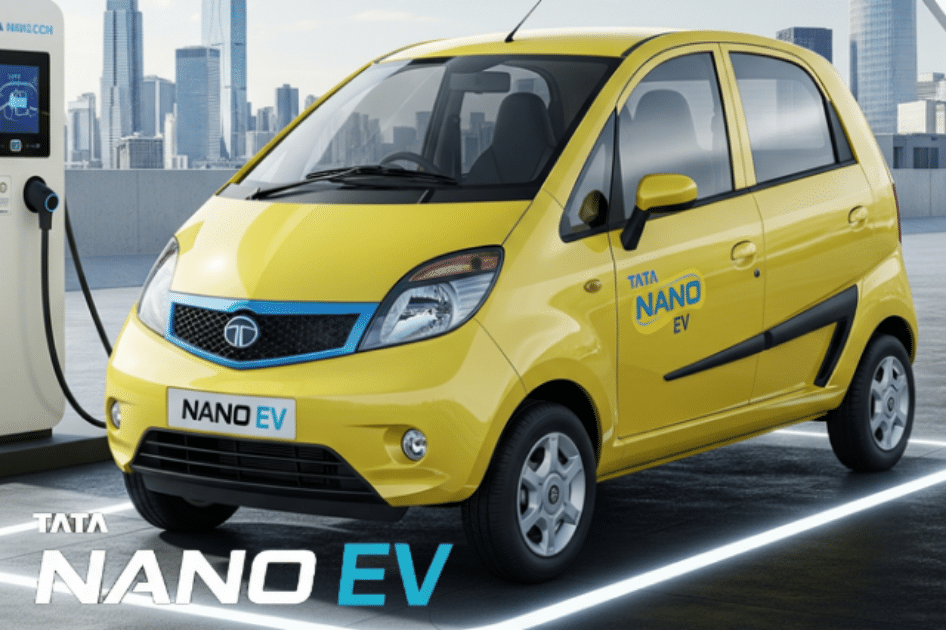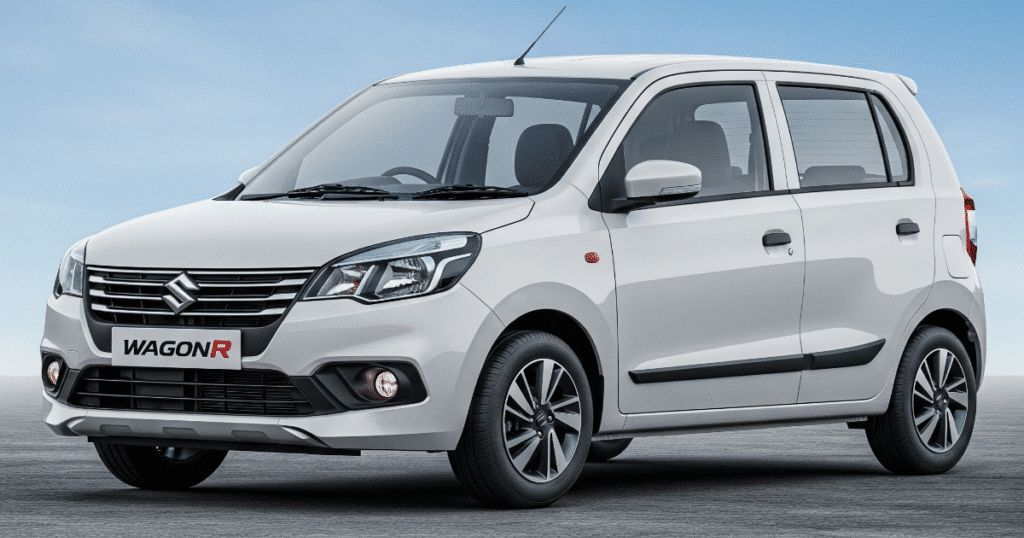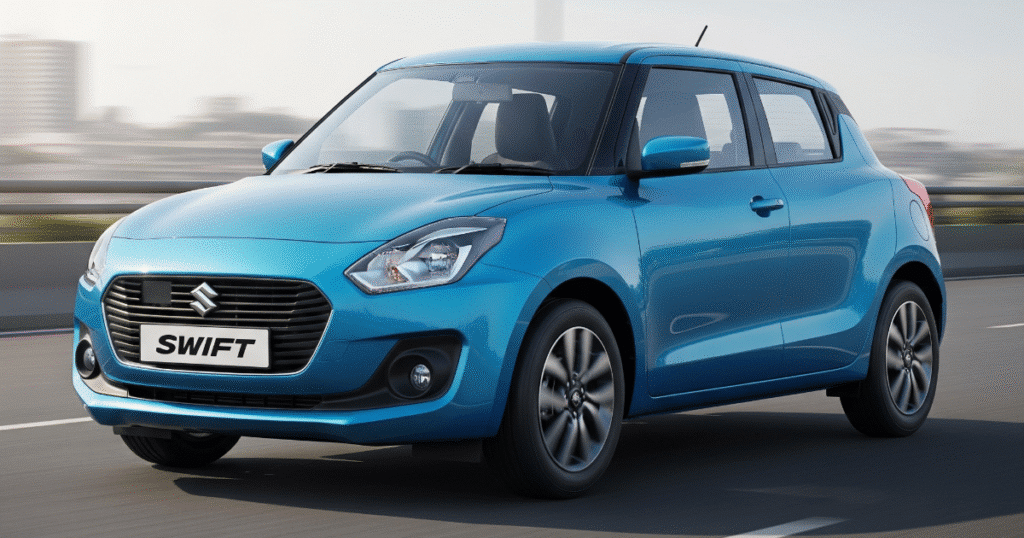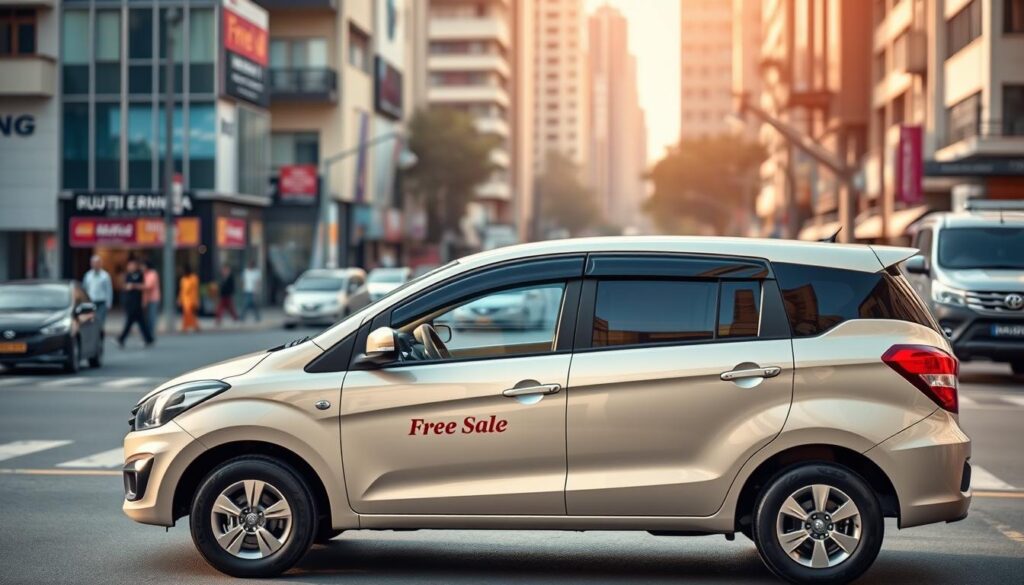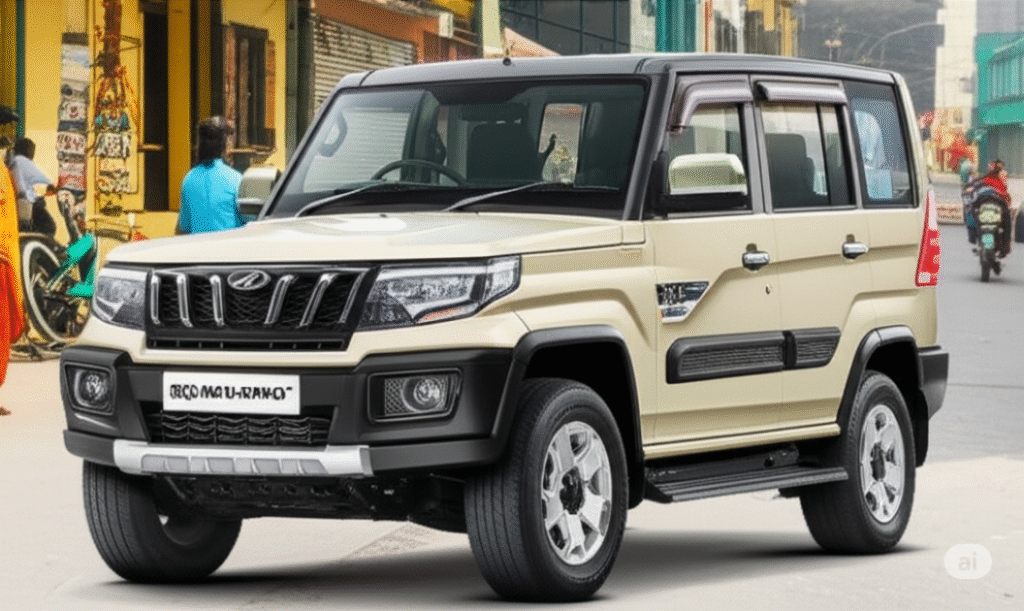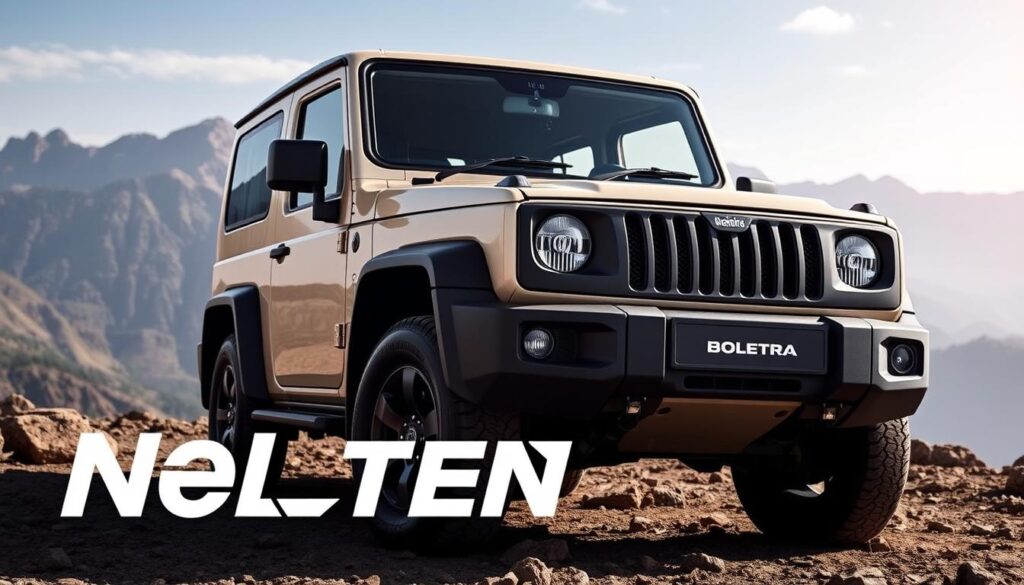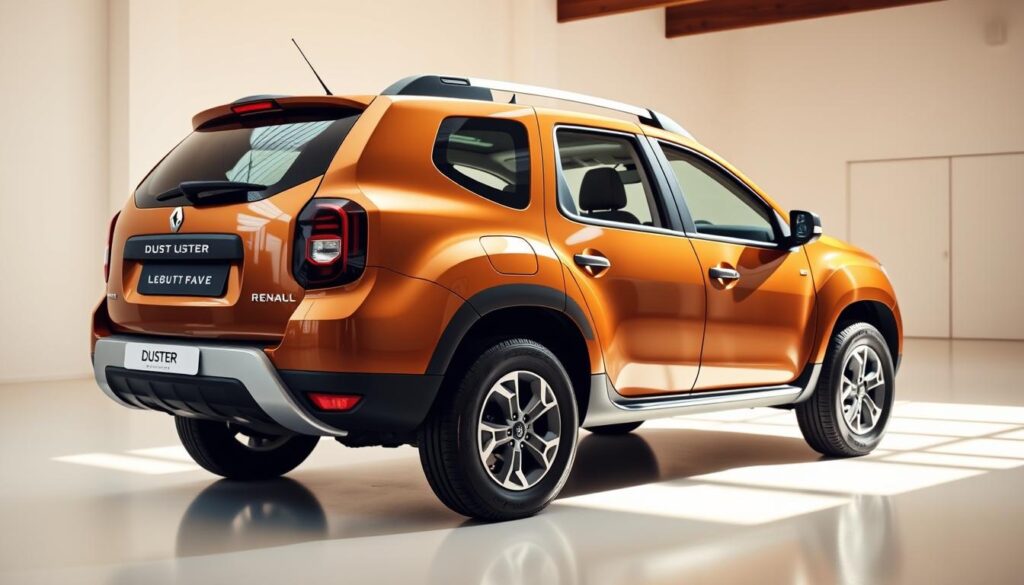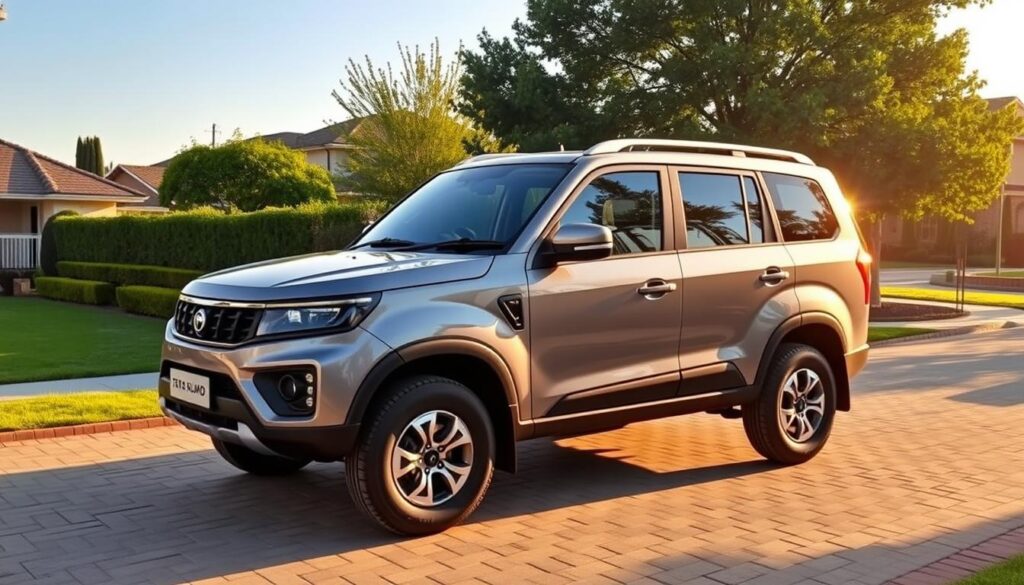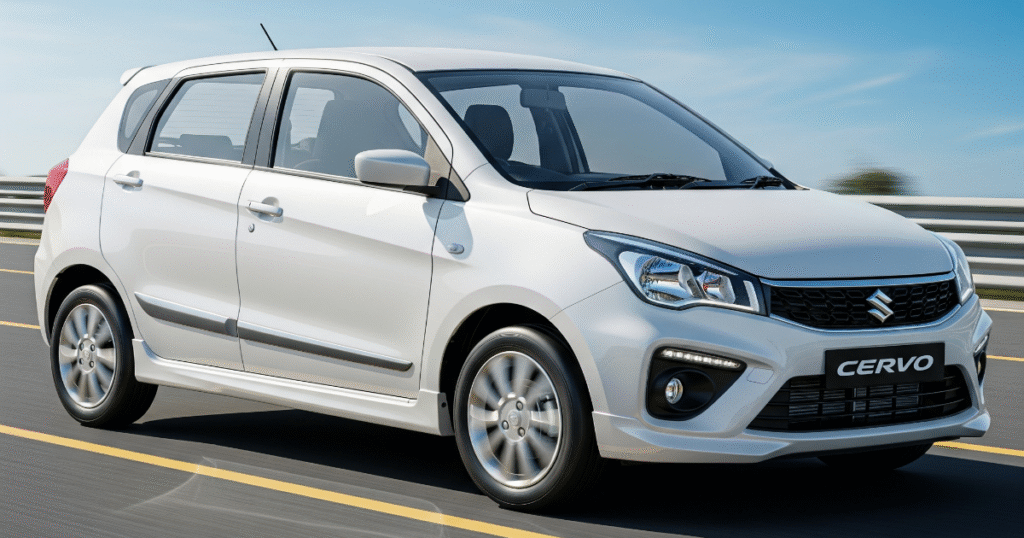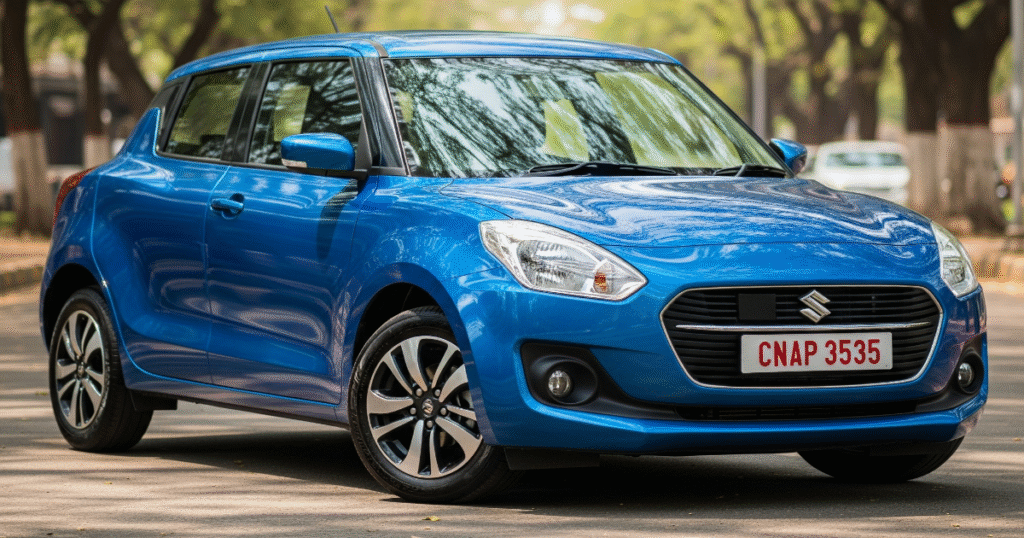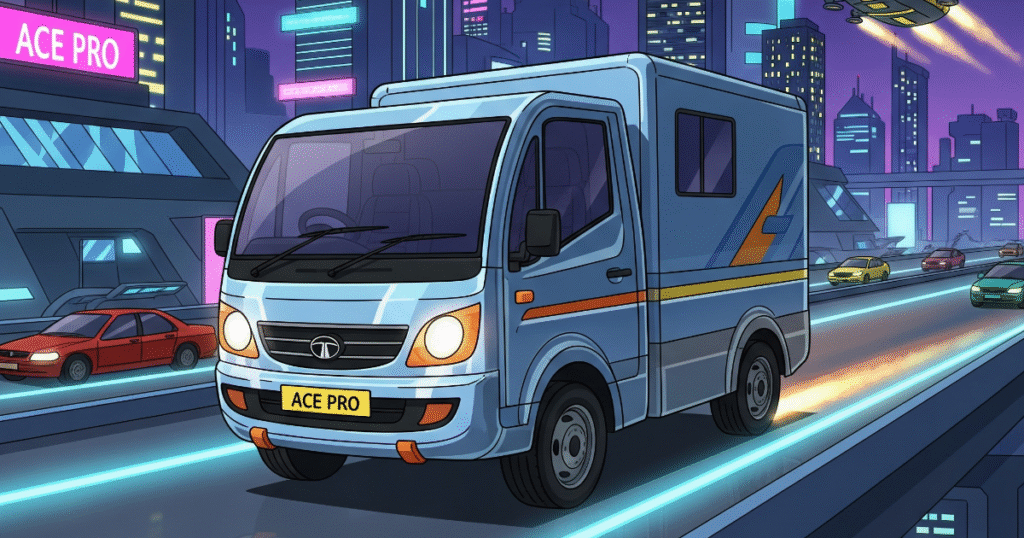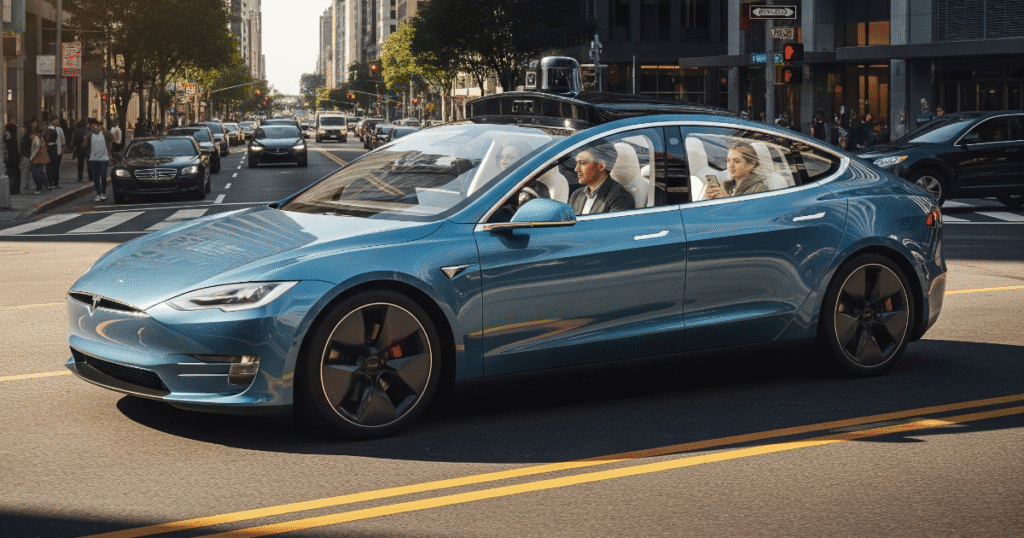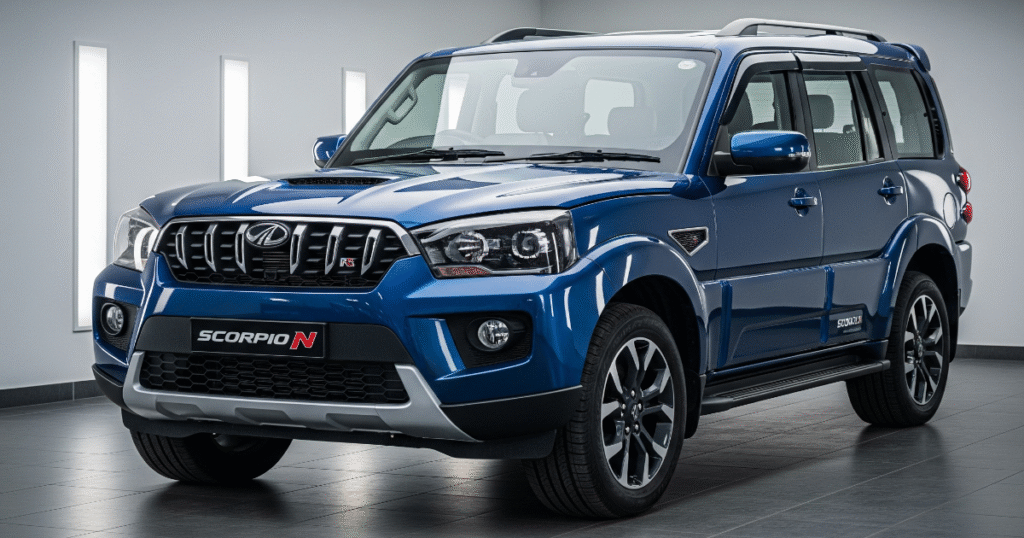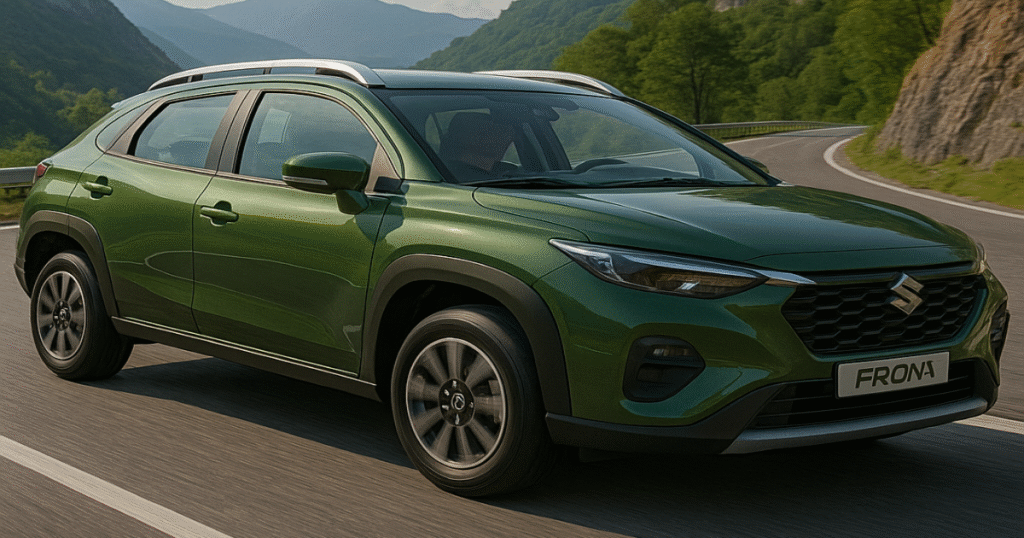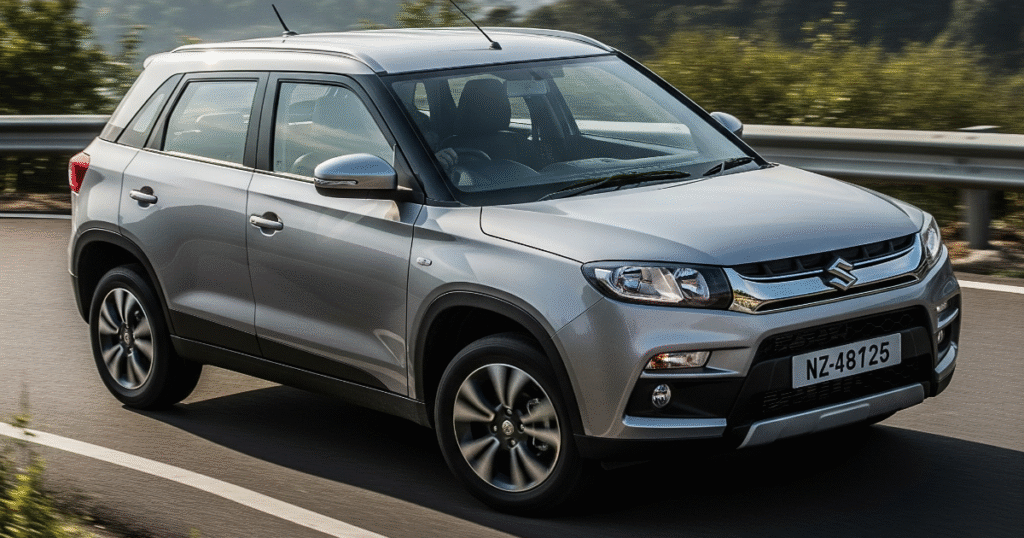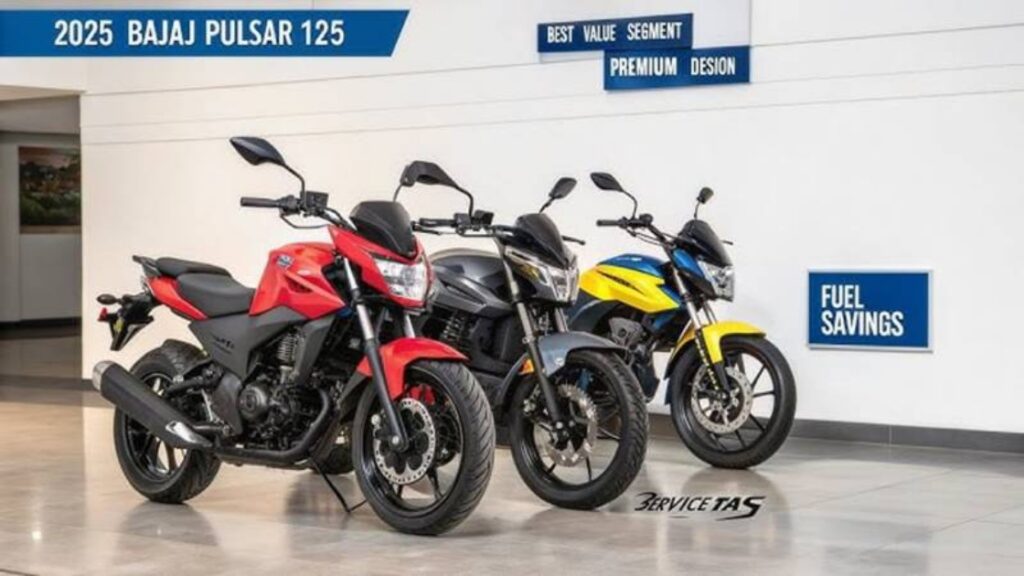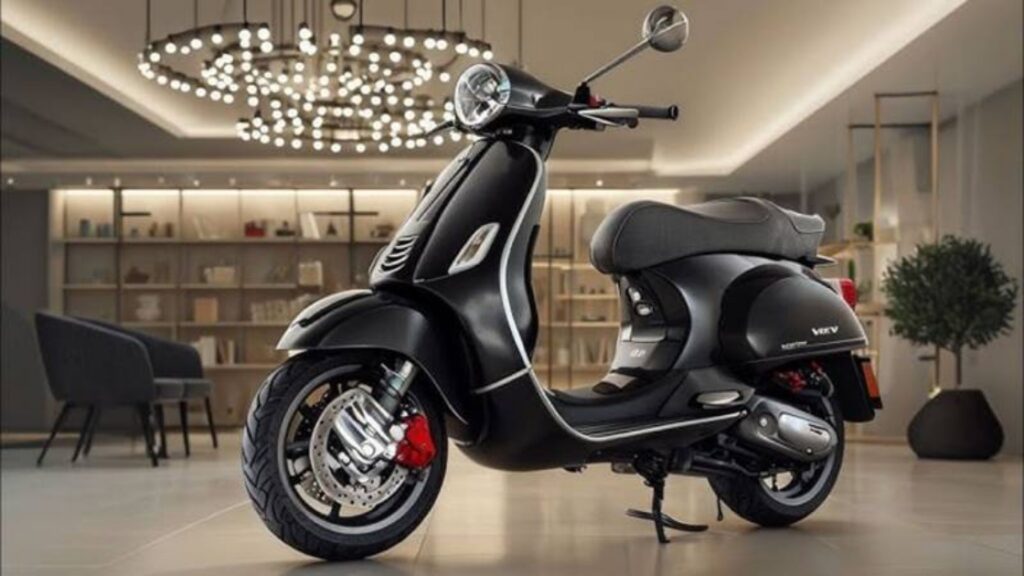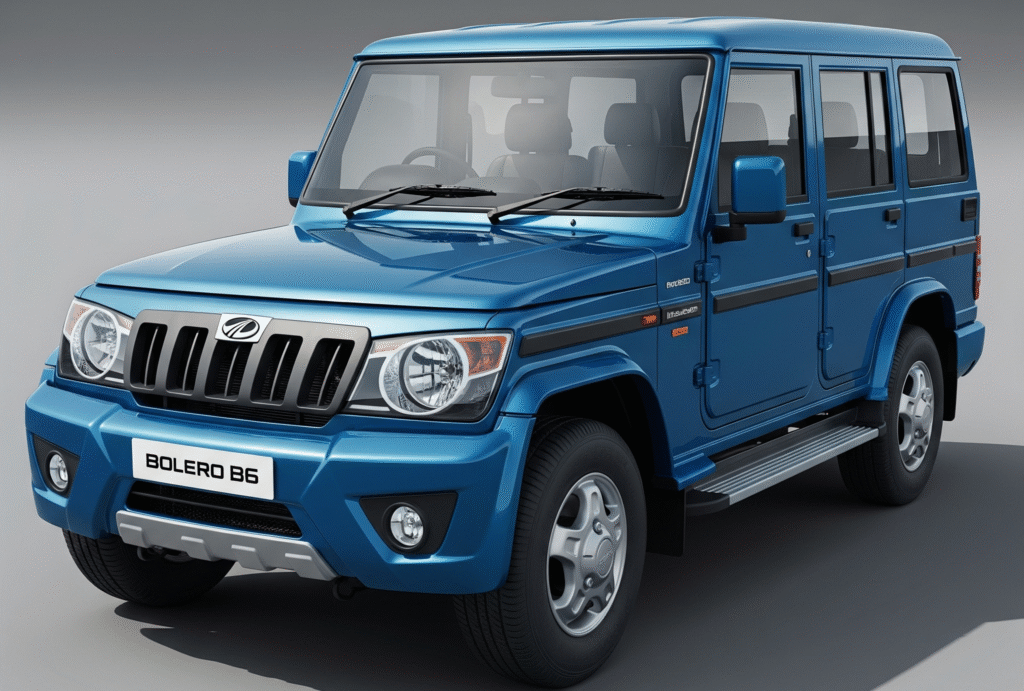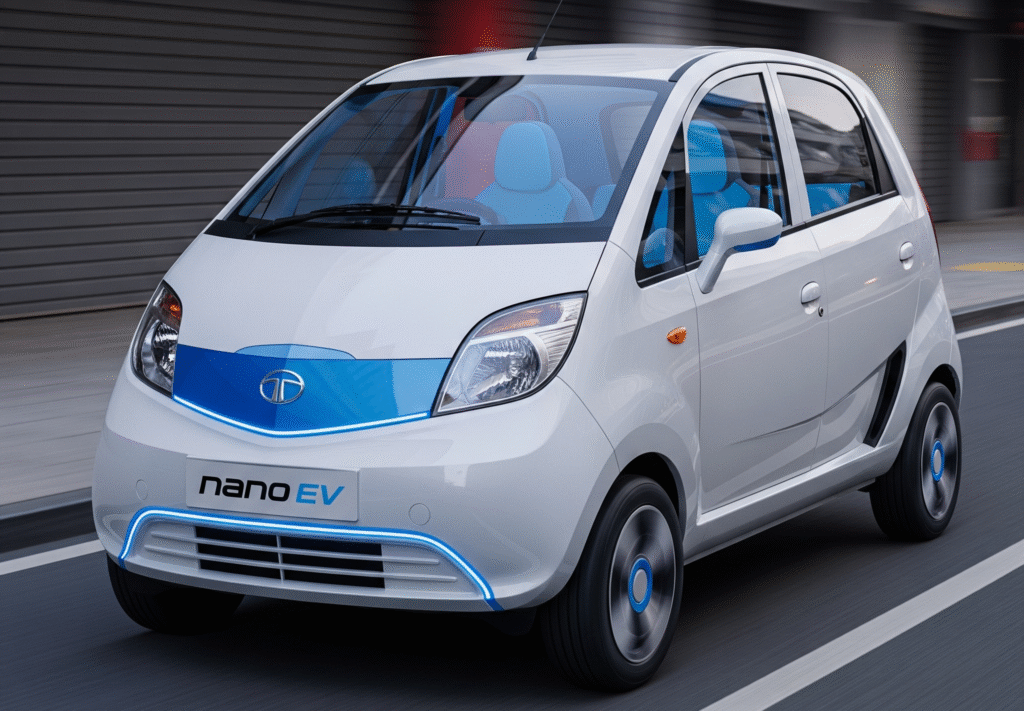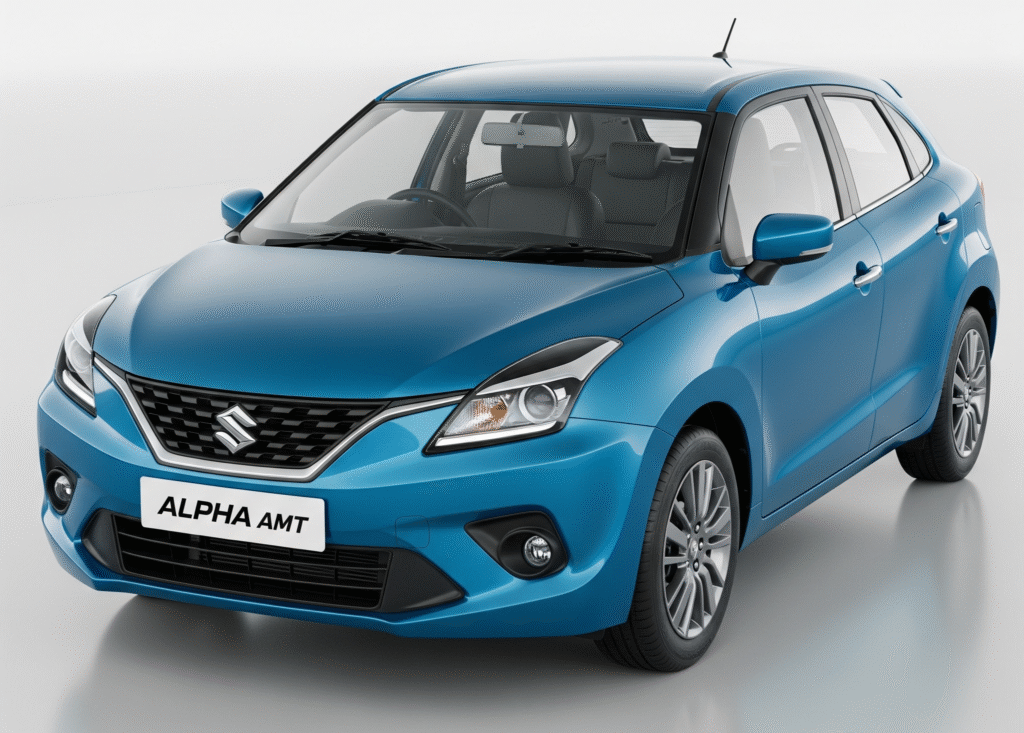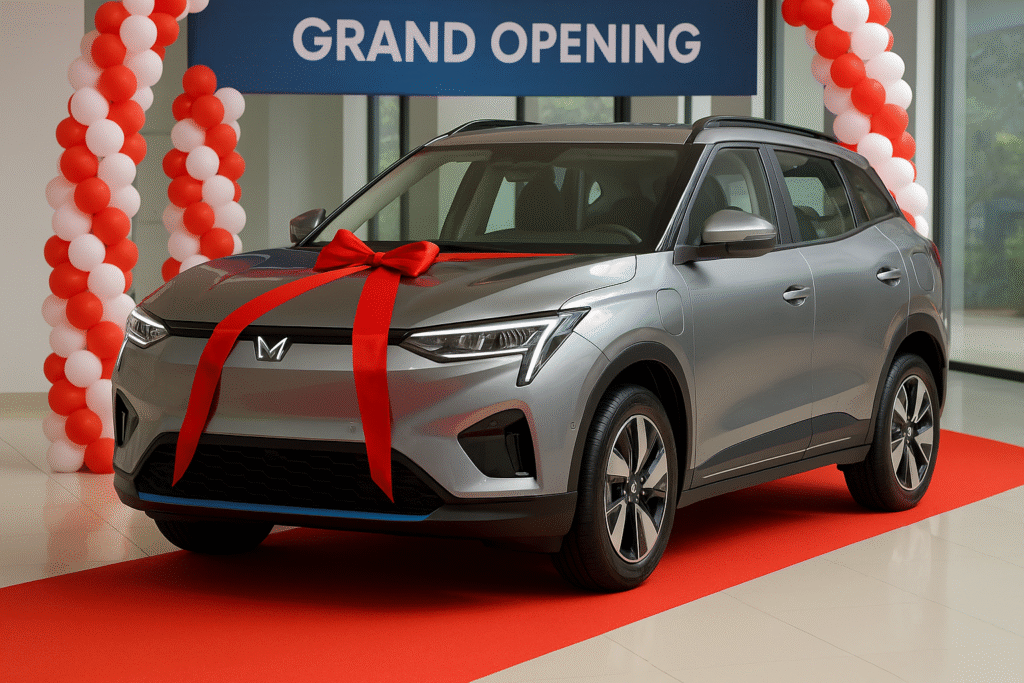
Drove 100 km in the Mahindra XEV 9e using just 18% battery—here’s what I learned about range, regen braking, and SoC in the real world.
Mahindra XEV 9e City Range: A Real-World Experience Worth Talking About
Just wanted to drop a quick update about my Mahindra XEV 9e and its city range — something that genuinely caught me off guard in a good way.
Last week, I had to go from Gurgaon to Saket and back, a round trip of about 100 km. Nothing unusual. Just regular city traffic, stop-and-go, AC on the whole time — basically, I drove like I normally would in any ICE (petrol/diesel) car. No eco mode, no coasting, no special effort to save battery.
The car was charged to 100% SoC before I left.
When I got back home and parked, I looked at the battery — it was at 82%. That’s it. Just 18% used for 100 km.
Let that sink in for a second.
The range displayed was still 500 km left, which means it was projecting a total city range of around 550–555 km.
That’s with normal driving. No babying it.
Mahindra XEV 9e Quick Trip Summary
| Detail | Info |
|---|---|
| Trip | Gurgaon to Saket & back |
| Distance | 100 km |
| Starting SoC | 100% |
| Ending SoC | 82% |
| Battery Used | 18% |
| Projected Total Range | ~555 km |
| Range Left (on screen) | 500 km |
| Driving Style | Normal, like an ICE car |
What’s Really Interesting
Now here’s where things get a bit technical — but actually kinda cool.
If I had started this trip at 90% instead of 100%, I would’ve probably gotten better efficiency.
Why?
Because at the top end of the battery (like from 100% to 95%), EVs don’t regenerate energy very well. The battery is already full, so it can’t really take in energy from braking. That means most of the braking is done using the actual brake pads, not regenerative braking.
When the battery isn’t as full — say 90% or below — the regen kicks in more effectively, and you end up recovering more energy during braking and slowing down.
In simple words: the first 5-10% of the battery is kinda lazy when it comes to regen.
So yeah, if I had started this trip at 90%, I probably would’ve used a bit less energy overall. Maybe around 5% better efficiency.
Real Takeaways from This Trip With Mahindra XEV 9e
1. EVs Are Way More Efficient Than People Think
To be honest, I wasn’t even trying to save battery. I drove with AC on, overtook when needed, kept up with traffic. Still, only 18% used for 100 km? That’s insane.
2. Don’t Stress About Charging to 100%
Unless you’re going on a long trip, there’s no real benefit to charging up to 100%. In fact, starting at 90% is actually better for efficiency and long-term battery health.
3. Regen Matters — But Only When It Can Work
Regen braking is great, but it’s basically useless if your battery is already full. So next time you’re about to drive around the city, start with a little less SoC and let the regen system do its job.
Mahindra XEV 9e Final Thoughts
This little trip was a good reminder that real-world EV performance can be better than expected, even if you’re not trying to maximize efficiency. The Mahindra XEV 9e handled city driving like a champ, and it didn’t ask me to change how I drive. No compromises, no range anxiety — just smooth, quiet, efficient driving.
If you’ve been sitting on the fence about switching to an EV because you’re worried about range, I’d say don’t overthink it. In the city at least, range is becoming a non-issue.
And hey — start your day at 90% instead of 100%. Your battery (and regen system) will thank you.
Visit: Cheapest Sale

Hey I am Srimanta Pradhan brings 10 years of experience to News Broadcast and Marketing, specializing in effective communication.A specialized content writer with a decade of expertise crafting compelling narratives for News Broadcast and Marketing. Transforms complex information into engaging, impactful content.

